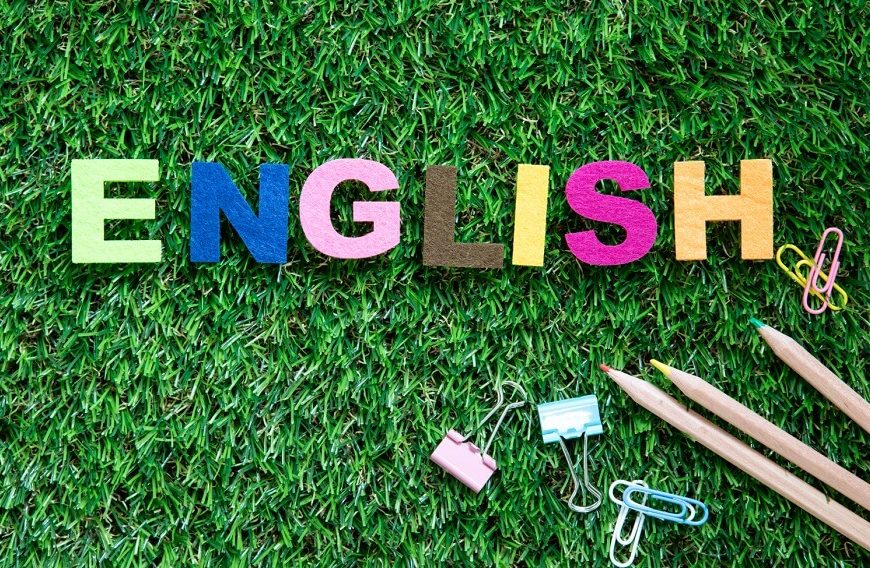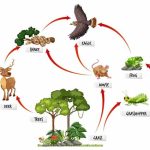In today’s fast-paced and digitally-driven world, it’s essential for children to develop strong communication skills. One fundamental aspect of these skills is understanding sentence structure. This blog aims to demystify the concept of compound sentences, a key component in English grammar, particularly for young learners in India. Let’s embark on a journey to explore what compound sentences are, their rules, and how they differ from simple and complex sentences.
What is a Compound Sentence?
A compound sentence is like a charming bridge that connects two simple sentences, allowing them to stand together with equal importance. It’s like taking two short, complete thoughts and joining them to make a longer sentence. To make a compound sentence, we use coordinating conjunctions such as ‘and’, ‘but’, ‘or’, ‘so’, ‘yet’, and ‘for’.
Compound Sentence Examples
To bring this concept to life, let’s look at some compound sentence examples:
The sun was shining, and the birds were singing. Here, ‘The sun was shining’ and ‘The birds were singing’ are two simple sentences joined by ‘and’.
Rahul played football, but his sister played basketball. The conjunction ‘but’ connects the two individual activities of Rahul and his sister.
I wanted to play outside, so I finished my homework quickly. ‘So’ shows the reason why the homework was done quickly.
You can have ice cream or cake. ‘Or’ presents a choice between ice cream and cake.
He was tired, yet he continued to study. ‘Yet’ introduces a contrasting idea.
She forgot her umbrella, for it was a sunny day. ‘For’ explains why she forgot her umbrella.
Simple, Compound, Complex Sentences
The distinction between simple, compound, and complex sentences is a cornerstone in understanding English grammar. A simple sentence contains a single independent clause, offering a clear, concise thought. For example, “The cat sleeps.” It’s straightforward and doesn’t connect to other ideas.
A compound sentence is like a partnership between two independent clauses, each capable of standing alone but choosing to work together for a richer statement. For example, “The cat sleeps, and the dog barks.” This structure uses coordinating conjunctions (like ‘and’) to create a balanced, more informative sentence.
A complex sentence adds depth to ideas by combining an independent clause with one or more dependent clauses, which rely on the main clause to complete their meaning. An example is, “Although the cat sleeps, the dog continues to bark.” The dependent clause ‘Although the cat sleeps,’ cannot stand alone, making the sentence complex.
Compound Sentence Rules
When creating compound sentences, it’s crucial to follow specific compound sentence rules/guidelines:
- Use Coordinating Conjunctions:
- Comma Usage:
- Balanced Structure:
- Meaningful Connections:
These are essential tools for joining two independent clauses. Remember, each clause should be able to stand alone.
A common rule is to place a comma before the conjunction if the clauses are complete sentences. For example, “I went to the store, and I bought some apples.”
It’s vital that each part of the compound sentence can exist independently. This balance is what differentiates compound sentences from complex ones.
The clauses should relate in terms of content or theme, ensuring the sentence flows logically.
Compound Sentence Words
The words that form the backbone of compound sentences are primarily coordinating conjunctions, remembered as FANBOYS (For, And, Nor, But, Or, Yet, So). Each serves a unique purpose:
For explained reasons. And adds similar information. Nor adds a negative alternative. But introduces a contrast. Or presents choices or alternatives. Yet also introduces contrast, often with a surprising element. So indicates a cause-effect relationship.
Activities for Kids
Engaging children in interactive activities enhances their understanding of compound sentences.
- Sentence Construction:
- Story Building:
- Conjunction Hunt:
Provide children with simple sentences and ask them to combine them using different coordinating conjunctions.
Encourage children to write short stories using compound sentences. This activity fosters creativity and understanding of sentence structure.
Have children read passages and identify compound sentences and the conjunctions used. This activity enhances their analytical skills.
Enhancing Vocabulary with Compound Sentences
Expanding vocabulary is a critical aspect of language development for children, and compound sentences play a significant role in this process. By learning to construct and understand compound sentences, children encounter a variety of new words and concepts. This exposure not only broadens their vocabulary, but also enhances their comprehension skills. For instance, when they learn to connect sentences using conjunctions like ‘but’ or ‘so’, they start understanding the nuances of contrast and cause-effect relationships. Activities like matching words to make compound sentences or rewriting simple sentences into compound ones encourage children to think creatively and explore a wider range of vocabulary. This exploration is crucial in building strong language foundations, essential for effective communication and academic success.
Critical Thinking and Compound Sentences
The use of compound sentences in early education is instrumental in developing critical thinking skills among children. By engaging with compound sentences, children learn to analyse information, discern relationships between different ideas, and construct logical, coherent arguments. The process of determining which conjunction to use in a compound sentence, for instance, requires them to understand the subtle differences in meaning and context. This kind of linguistic decision-making fosters higher-order thinking skills such as analysis, synthesis, and evaluation. Moreover, when children create their own compound sentences, they practise organising their thoughts and presenting them clearly and effectively. These skills are invaluable not only in their academic pursuits but also in their everyday interactions and decision-making processes.
In conclusion, understanding the nuances of compound sentences is a stepping stone in a child’s language learning journey. It’s not just about rules and structure; it’s about enriching communication and fostering a deeper understanding of language nuances. As we encourage children in India to delve into the intricacies of English grammar, we open doors to more profound expression and comprehension.
EuroKids is at the forefront of providing quality early childhood education in India. With a focus on holistic development, EuroKids offers a nurturing environment where your child can learn, play, and grow. Discover how EuroKids can play a pivotal role in your child’s foundational education journey.
















